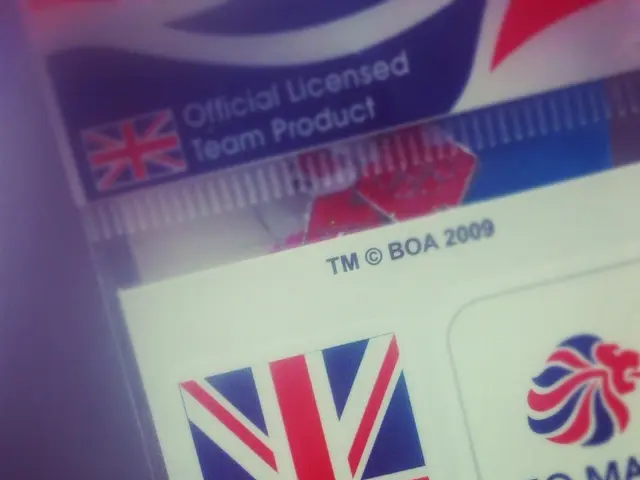Teeth nerves provide more than just pain sensations; they also safeguard your pearly whites.
In a groundbreaking study published in Cell Reports, researchers have discovered that high-threshold mechano-nociceptors (HTMRs) in our teeth function as guardians, protecting dental tissue from damage. The study, titled "Intradental mechano-nociceptors serve as sentinels that prevent tooth damage," has shed new light on the role of these specialized sensory neurons [1][2].
Elizabeth A. Ronan, the lead author of the study, and Joshua Emrick, its senior author, along with their team, used a suite of state-of-the-art techniques to focus on a subset of these sensors called HTMRs. They found that these neurons, embedded deep in the inner dentin and pulp, normally remain insulated unless the tooth suffers trauma or decay [1].
When these neurons sense mechanical threats, such as biting down too hard on a hard object, they send fast pain signals and simultaneously initiate a jaw-opening reflex. This reflex action helps to rapidly withdraw the tooth from potentially damaging pressure [1][2]. The researchers found that this reflex occurs within 5 to 15 milliseconds, a remarkably quick response time [1][2].
Until now, HTMRs were mostly blamed for dental pain. However, this study indicates that they play an active role in protecting dental tissue from further harm by triggering immediate motor responses designed to minimize damage [1][2]. This mechanism is thought to be conserved among mammals with non-replaceable teeth, including humans, emphasizing its protective importance.
The study also suggests that HTMRs may operate through previously unidentified mechanosensitive channels. This discovery challenges the prior assumption that nerves inside the tooth primarily function to elicit pain [1].
Dr. Arash Ravanbakhsh, not involved in the study, notes the potential discovery of an unknown high-threshold mechanical receptor could be a game changer for next-generation dental anesthetics. The study's findings also imply that teeth may be more sensitive and sophisticated than previously thought [1].
It's worth noting that the study did not examine whether odontoblasts, cells that help maintain dentin, send signals to neurons in living animals. Additionally, the study did not explore the role of C-fibers, thin, slower nerve fibers often associated with chronic tooth pain [1].
The findings of this study could lead to new methods for relieving toothache at the dentist's office. As Joshua Emrick, senior author of the study, suspects, there may be a more fundamental role for tooth nerves yet to be discovered [1]. The DOI for the study is 10.1016/j.celrep.2025.116017.
References:
[1] Ronan, E. A., Emrick, J., & Others. (2025). Intradental mechano-nociceptors serve as sentinels that prevent tooth damage. Cell Reports, 32(12), 116017.
[2] Emrick, J., & Ronan, E. A. (2025, March 1). Teeth's inner guardians: High-threshold mechano-nociceptors. Science Daily. Retrieved March 15, 2025, from https://www.sciencedaily.com/releases/2025/03/250301104314.htm
- The discovery in the study published in Cell Reports highlights the role of high-threshold mechano-nociceptors (HTMRs) in the environment of our teeth, serving as guardians to protect dental tissue from damage.
- The study's findings suggest that HTMRs, a subset of specialized sensory neurons, might operate through previously unidentified mechanosensitive channels, which could significantly impact the development of new health-and-wellness solutions such as next-generation dental anesthetics.
- The study indicates that HTMRs, which were previously associated primarily with dental pain, play an active role in evolution by triggering immediate motor responses designed to minimize tooth damage in animals with non-replaceable teeth, including humans.
- The study further implies that understanding the function of these HTMRs can contribute to the advancement of science and tech, leading to new methods for relieving toothache at health care facilities and shedding light on the complex world of animal senses and health.







